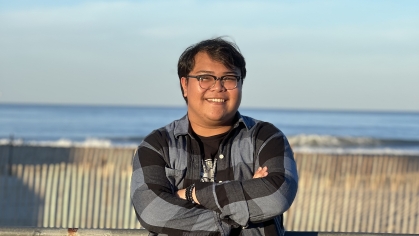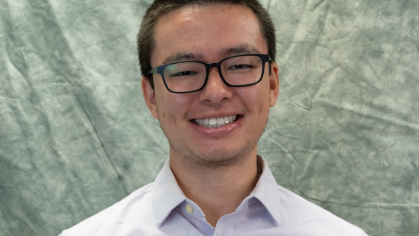Rahul Aggarwal wins IEEE Communications Society Phoenix ISS Award

Rahul Aggarwal, an ECE WINLAB Ph.D. candidate, has been selected as the recipient for the IEEE Communications Society Phoenix ISS Award 2023. Prof. Predrag Spasojevic is Rahul's advisor. Rahul's research lies at the intersection of signal processing, signal design and communication systems.
His paper titled “Low Latency Adaptive Receiver Processing using Nested Complete Complementary Codes” is about an efficient adaptive processing algorithm for MIMO Radars where the transmit signal is based on Golay complementary sequences. Since June 2021, Rahul has been collaborating with a team at DEVCOM Army Research Lab (Adelphi, MD) on Low Probability of Detection Communication and Network Protocols. Rahul received his bachelor’s degree in Electrical Engineering from Indian Institute of Technology, Patna in August 2019.
The abstract of Rahul's paper follows:
"We present a method to generate a paraunitary transmit matrix for a 2m x 2m MIMO radar system by recursively using the transmit matrix for a 2 x 2 MIMO radar system where the constituent waveforms in the transmit matrix are based on Golay complementary sequences. By applying this recursive method, the matrix that we obtain each time possesses a nested structure wherein the 2 x 2 MIMO radar system is the basic unit. We further present an adaptive receiver processing technique that exploits this very nested structure to provide a low latency approach to detecting the target location and speed. In this technique the transmit matrix used each time is the same. However, at the time of receiver processing, instead of processing the entire received matrix, the smaller submatrices of the received matrix are processed sequentially to detect the target location and speed. This results in significant savings in the computational processing that is required for detection. Moreover, it provides a low latency approach to obtain detection results. The particular example of a 16 x 16 paraunitary transmit matrix is used to illustrate these techniques."


